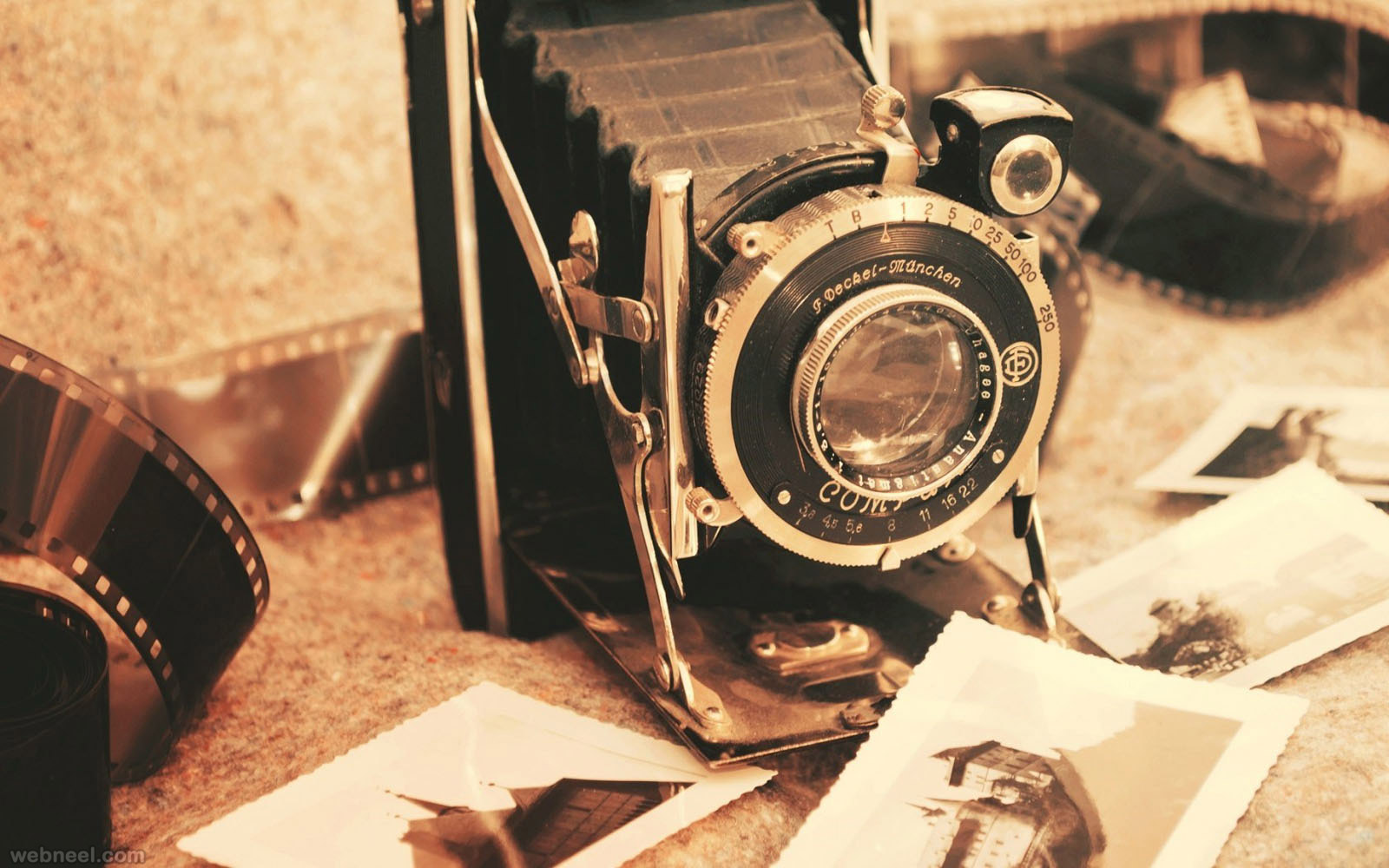Vintage German scissors represent a unique confluence of functionality, artistry, and history that captivates collectors far and wide. For many enthusiasts, the allure of these scissors transcends their practical use, embodying a nostalgic connection to craftsmanship. In this exploration, we will delve into the reasons behind the fascination with vintage German scissors and the intricacies that make them a coveted collectible.
The Historical Significance
German scissor manufacturing dates back centuries, with roots intertwined in the industrial revolution. The precision of German engineering became a hallmark of the country’s tools, with establishments dedicated to producing high-quality cutting instruments emerging in the 19th century. Brands like Wüsthof, H. Boker, and Dovo laid the groundwork for a legacy of excellence. For collectors, each piece carries historical weight, often crafted during specific periods that mirror the technological and aesthetic trends of their time.
Exceptional Craftsmanship and Design
The craftsmanship of vintage German scissors often reflects a meticulous attention to detail. Artisans employed traditional forging techniques, often creating unique hand-hammered designs that emphasize both beauty and utility. Many scissors exhibit ornate handles and embellishments, showcasing a blend of function and artistry. Collectors appreciate these nuances, as each pair of scissors tells a story—a narrative of the maker’s intent, the materials used, and the eras they represent.
Materials play a crucial role in the appeal of vintage German scissors. High-carbon steel was frequently employed, renowned for its ability to maintain a sharp edge while resisting corrosion. This superior quality not only prolongs the lifespan of the scissors but also enhances their value in a collector’s repository. The rust patina that may develop over time becomes a testament to the scissor’s longevity and history rather than a flaw.
Functional Versatility
One might be surprised to learn that vintage German scissors are not merely ornamental. Their ergonomic designs and precision engineering provide an extraordinary cutting experience. Collectors who are also users often find vintage scissors outperform modern counterparts in durability and performance. The versatile range of scissor types, from embroidery to tailor’s shears, means that these tools remain functional across different crafts. This utility often leads collectors to seek out specific models that have gained a reputation within certain crafting communities.
Investment and Value Appreciation
Collecting vintage German scissors can also be seen through a financial lens. As with many antiques and collectibles, certain pieces tend to increase in value over time. Factors such as rarity, condition, provenance, and historical significance contribute to this potential for appreciation. An uncommon model in excellent condition can fetch significant sums in auctions, making it an attractive prospect for collectors looking to enhance their investment portfolios.
Moreover, some specific brands or models have gained cult-like followings, leading to a vibrant market that thrives on auctions, exhibitions, and private sales. This dynamic environment often enhances the thrill of collecting, as enthusiasts search for hidden gems in flea markets or estate sales, hoping to uncover undervalued treasures.
Community and Education
Collectors of vintage German scissors often form communities where knowledge and passion intertwine. Forums, online groups, and clubs exist to facilitate discussions about preservation techniques, market trends, and scissor restoration. These communities foster friendships and mentorships, enabling both novice and seasoned collectors to share their insights and experiences. Workshops sometimes emerge from these gatherings, emphasizing the importance of preserving traditional skills and the art of maintenance.
Education is a key component of collecting. Enthusiasts delve into the specifics of scissor design, learning about the various blade shapes, handle types, and mechanisms unique to German manufacturing. This knowledge not only enhances appreciation for the craft but also aids in the discernment of authentic items versus replicas. Collectors often find joy in researching the historical significance of their pieces, which can enhance their understanding of the broader cultural context in which these tools were made.
The Emotional Connection
There exists a deeply emotional connection between collectors and their vintage scissors. For many, these tools evoke memories of family, craftsmanship, and tradition. They can symbolize a bygone era—a time when artisanship was celebrated, and tools were regarded with respect. The act of using or displaying these scissors can invoke nostalgia, making them cherished heirlooms passed through generations.
Among some collectors, the history of ownership adds another layer of narrative. Scissors that belonged to influential figures in the craft world or those linked to significant events carry a weight of tradition. As a result, the scissor transforms from a mere object to a vessel of personal stories and collective heritage.
Conclusion: A Collectible That Transcends Time
In conclusion, the obsession with vintage German scissors is underscored by a melange of factors. Their rich historical context, unparalleled craftsmanship, functional versatility, investment potential, community involvement, and deep emotional resonance combine to create a robust collectible category. As collectors continue to unearth and preserve these exquisite pieces, the legacy of vintage German scissors will undoubtedly endure, reminding us of a time when the art of craftsmanship reigned supreme. For those who venture down this path, the journey promises not merely the acquisition of tools but an exploration of history, artistry, and the human spirit.

